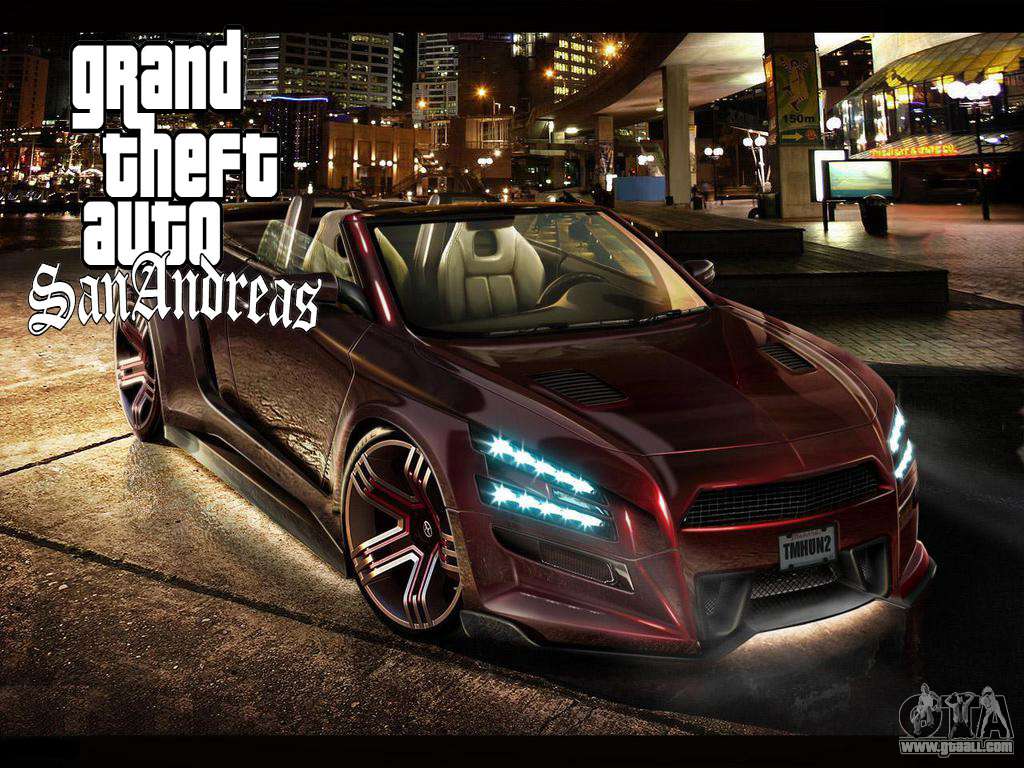

By 1917, they sold chemistry sets, which they produced through World War II, in spite of restrictions on materials. Gilbert Company) in 1909, and began selling boxed magic sets. He and John Petrie formed the Mysto Manufacturing Company (later the A. Īlfred Carlton Gilbert earned money by performing magic tricks while a medical student at Yale. In the 1950s it was possible to buy toys featuring radioactive ores, such as the " Gilbert U-238 Atomic Energy Laboratory," which included a Geiger counter and cloud chamber. Their range of toys broadened throughout the 1930s. By the 1920s, they sold six different sets, the largest of which sold for $25 (or about $320 in 2017 ). Their earliest toys, under the "Chemcraft" trademark, were "chemical magic" sets, selling for less than one dollar (or about $25 in 2017 ). John researched the experiments, while Harold wrote the instruction manuals.

Their initial purpose was to sell packaged chemicals, but they soon introduced kits. Porter and his brother Harold Mitchell Porter began The Porter Chemical Company in 1914. Although Porter and Gilbert were the largest American producers of chemistry sets, other manufacturers such as the Skilcraft corporation were also active.

Gilbert Company produced the best known sets. In the United States, Porter Chemical Company and the A. Porter Chemcraft Senior Set, 1957, at the Science History Instituteīeginning in the early 1900s, modern chemistry sets targeted younger people with the intention to popularize chemistry. The Columbian Cyclopedia of 1897 defines "CHEMISTRY TOYS" as "mostly pyrotechnic recommended as illustrating to the young the rudiments of chemistry, but probably more dangerous than efficient for such use", listing a variety of hazardous examples. In the mid to late 1800s England, magic and illusion toys enabled children to make their own fireworks, create disappearing inks and cause changes in color, tricks which were mostly chemically based. These were marketed primarily to adults including elementary school teachers as well as students at the Royal Naval College, the Royal Agricultural Society, and the universities of Oxford and Cambridge. Griffin & Sons sold a line of "chemical cabinets", eventually offering 11 categories. Jane Marcet's books on chemistry helped to popularize chemistry as a well-to-do pastime for both men and women.
Chem c3000 science kit portable#
James Woodhouse of Philadelphia presented a Young Chemist's Pocket Companion (1797) with an accompanying portable laboratory, specifically targeted ladies and gentlemen. Scientific kits also attracted well-educated members of the upper class who enjoyed experimenting and demonstrating their results. Primarily used for training druggists and medical students, they could also be carried and used in the field. Friedrich Accum of London, England also sold portable chemistry sets and materials to refill them. In 1791, Description of a portable chest of chemistry : or, Complete collection of chemical tests for the use of chemists, physicians, mineralogists, metallurgists, scientific artists, manufacturers, farmers, and the cultivators of natural philosophy by Johann Friedrich August Göttling, translated from German, was published in English. The earliest chemistry sets were developed in the 18th century in England and Germany to teach chemistry to adults. The forerunners of the chemistry set were 17th century books on "natural magick", "which all excellent wise men do admit and embrace, and worship with great applause neither is there any thing more highly esteemed, or better thought of, by men of learning." Authors such as Giambattista della Porta included chemical magic tricks and scientific puzzles along with more serious topics. Griffin’s Chemical Laboratory, Glasgow, ca.1850.


 0 kommentar(er)
0 kommentar(er)
